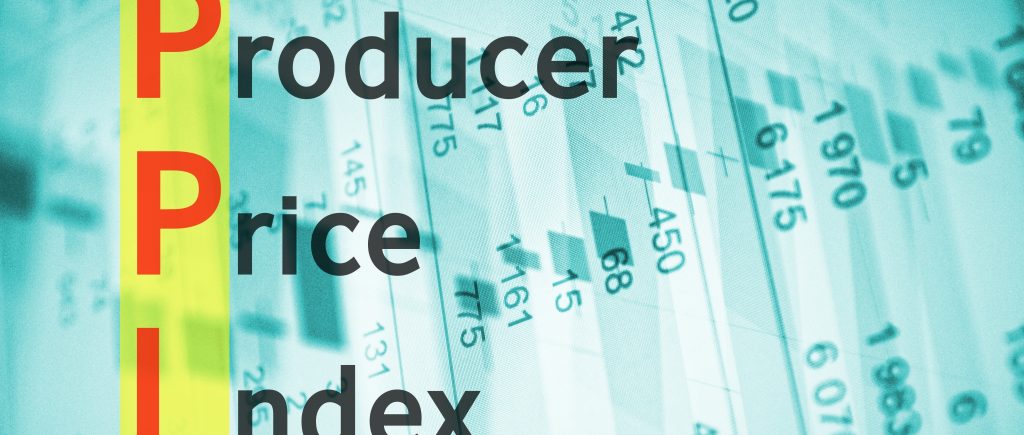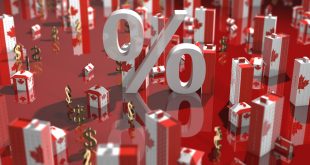Wholesale inflation measures rises 0.1% in July, indicating that the Federal Reserve may start lowering interest rates. The producer price index (PPI), which measures selling prices producers receive for goods and services, increased 0.1% on the month, less than the 0.2% forecast. The core PPI was flat, with a rise of 0.3% excluding food and energy components.
On a year-over-year basis, the headline PPI rose 2.2%, a sharp drop from the 2.7% reading in June. Stock market futures rose following the news, while Treasury yields moved lower.
The wholesale inflation reading was relatively tame despite a 0.6% jump in final demand goods prices, the biggest move higher since February and due primarily to a 1.9% surge in energy, including a 2.8% increase in gasoline.
Countering the move was a 0.2% slide in services, the biggest move lower since March 2023. Trade services prices fell 1.3%, while margins for machinery and vehicles wholesaling tumbled 4.1%. An increase of 2.3% in portfolio management offset some of the decline in services prices.
The PPI is considered a leading indicator for inflation as it gauges pipeline inflation from the perspective of manufacturers and suppliers of goods and services. Its counterpart, the consumer price index, measures the actual prices consumers pay in the marketplace. Economists also expect 0.2% monthly increases for both headline and core CPI. Both measures are closely watched for inflation signs.
The latest inflation data comes with markets fully pricing in an interest rate cut at the September meeting of the Fed’s open market committee. The main question now is whether the central bank will cut by a quarter or a half percentage point. Fed officials have vowed to keep up the inflation fight until they have reached their 2% goal, and the latest data has been cooperating.

 Noor Trends News, Technical Analysis, Educational Tools and Recommendations
Noor Trends News, Technical Analysis, Educational Tools and Recommendations




